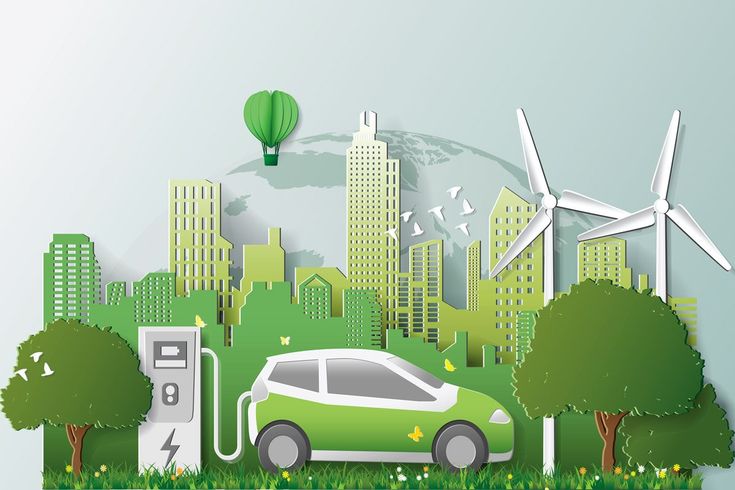Hybrid Electric Vehicles (HEVs) are revolutionizing the automotive industry by offering better fuel efficiency and lower emissions. But how exactly do they work? Let’s break it down.
What Is a Hybrid Electric Vehicle?
A Hybrid Electric Vehicle (HEV) combines an internal combustion engine (ICE) with an electric motor and battery to optimize fuel consumption and reduce emissions. Unlike fully electric vehicles (EVs), hybrids don’t rely solely on electricity—they switch between or combine both power sources based on driving conditions.
Key Components of a Hybrid Electric Vehicle
- Internal Combustion Engine (ICE): Runs on gasoline or diesel like traditional vehicles.
- Electric Motor: Provides additional power and improves fuel efficiency.
- Battery Pack: Stores energy for the electric motor and recharges through regenerative braking.
- Power Control Unit: Manages energy flow between the battery, electric motor, and ICE.
- Regenerative Braking System: Converts kinetic energy into electricity to recharge the battery.
How Do Hybrid Vehicles Work?
1. At Low Speeds (Electric Mode)
- The vehicle uses the electric motor only, drawing power from the battery.
- Ideal for city driving and stop-and-go traffic.
2. During Acceleration (Both Engine and Motor Work Together)
- The internal combustion engine and electric motor work simultaneously for more power.
- Improves fuel efficiency and reduces emissions.
3. At High Speeds (Engine Mode)
- The internal combustion engine takes over for efficient highway driving.
- The battery recharges through regenerative braking and excess engine power.
4. Regenerative Braking (Energy Recovery Mode)
- When the driver brakes, the electric motor acts as a generator, converting kinetic energy into electrical energy.
- This energy is stored in the battery for later use.
5. At a Stop (Engine Shut-Off)
- The engine turns off automatically when the car is idling to conserve fuel.
- The car runs on battery power for essential functions like air conditioning and infotainment.
Types of Hybrid Electric Vehicles
- Parallel Hybrid: The electric motor and engine work together to power the vehicle (e.g., Toyota Prius).
- Series Hybrid: The engine acts only as a generator, and the electric motor drives the wheels (e.g., BMW i3 REx).
- Plug-in Hybrid (PHEV): Has a larger battery that can be charged externally, allowing for longer electric-only driving (e.g., Toyota Prius Prime).
Advantages of Hybrid Electric Vehicles
✅ Better Fuel Efficiency – Uses electric power to reduce fuel consumption.
✅ Lower Emissions – Produces fewer greenhouse gases compared to traditional cars.
✅ Regenerative Braking – Captures lost energy to improve efficiency.
✅ Reduced Dependence on Fossil Fuels – Combines fuel with electricity for a balanced approach.
Final Thoughts
Hybrid electric vehicles offer a smart and eco-friendly solution for modern transportation. By blending fuel and electricity, they enhance efficiency, lower emissions, and provide a smooth driving experience.
Are hybrid vehicles the future of transportation? Let us know your thoughts!

